The road to the integration of slitting machine and intelligent manufacturing
The integration of slitting machine and intelligent manufacturing is an important direction for the transformation and upgrading of the manufacturing industry, and through the introduction of advanced technology, the slitting machine has been significantly improved in terms of efficiency, precision and automation. The following is the main path of integration of slitting machine and intelligent manufacturing:
1. Automation and intelligence
• Automatic control: PLC, servo system, etc. are used to realize the automatic operation of the slitting machine, reduce manual intervention and improve efficiency.
• Intelligent detection: Integrate visual recognition and sensor technology to monitor slitting quality in real time, automatically adjust parameters, and ensure product consistency.
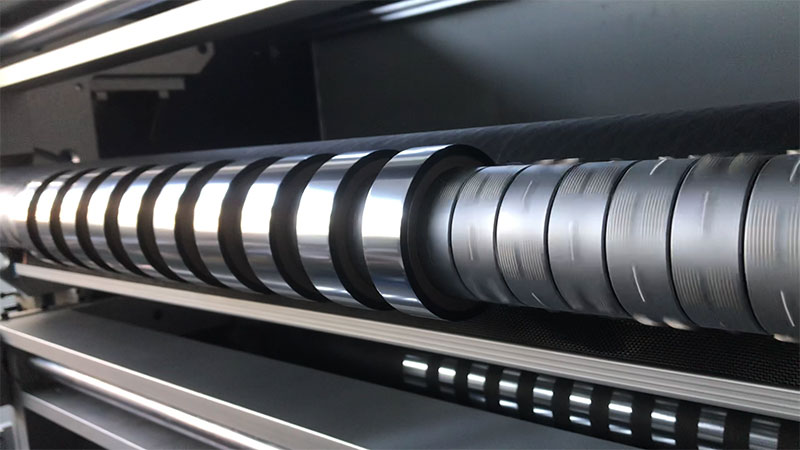
2. Data-driven
• Data collection and analysis: Through the Internet of Things technology, real-time collection of equipment operation data, combined with big data analysis, optimize the production process, improve equipment efficiency.
• Predictive Maintenance: Use data analytics to predict equipment failures, advance maintenance, reduce downtime, and reduce maintenance costs.
3. Flexible manufacturing
• Quick changeover: Through the modular design, the slitting machine can quickly adapt to the production of different specifications and improve production flexibility.
• Intelligent scheduling: Combined with the MES system, it realizes intelligent scheduling of production tasks, optimizes resource allocation, and improves production efficiency.
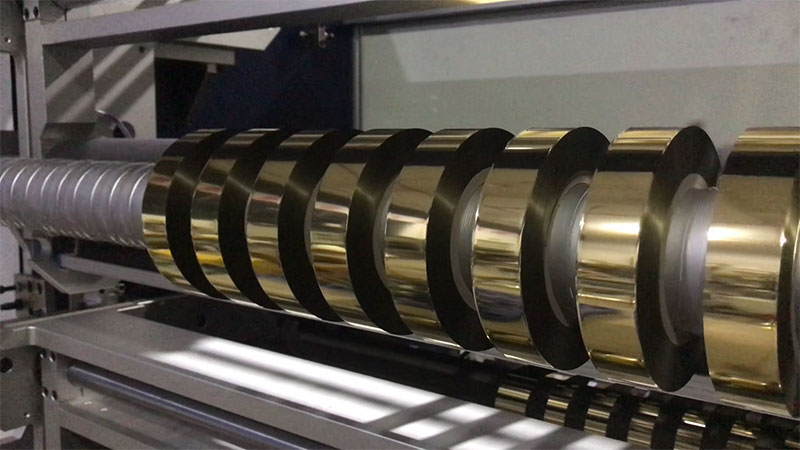
4. Human-robot collaboration
• Human-computer interaction: through touch screen, voice control and other technologies, the operation is simplified and the technical requirements for operators are reduced.
• Collaborative robots: Introduce collaborative robots to assist in completing tasks such as loading and unloading, improve production efficiency, and reduce the burden on workers.
5. Green manufacturing
• Energy-saving design: Adopt high-efficiency motors and energy-saving technologies to reduce energy consumption and carbon emissions.
• Eco-friendly materials: Use eco-friendly materials and processes to reduce environmental impact.

6. Cloud vs. remote management
• Cloud management: Remote monitoring and management of equipment can be realized through cloud computing to improve management efficiency.
• Remote maintenance: Support remote diagnosis and maintenance, reduce the need for on-site service, and reduce maintenance costs.
7. Standardization and modularization
• Standardized design: Promote the standardized design of slitting machines, reduce manufacturing costs, and improve compatibility.
• Modular production: Modular design is adopted to facilitate equipment upgrade and maintenance, and extend service life.
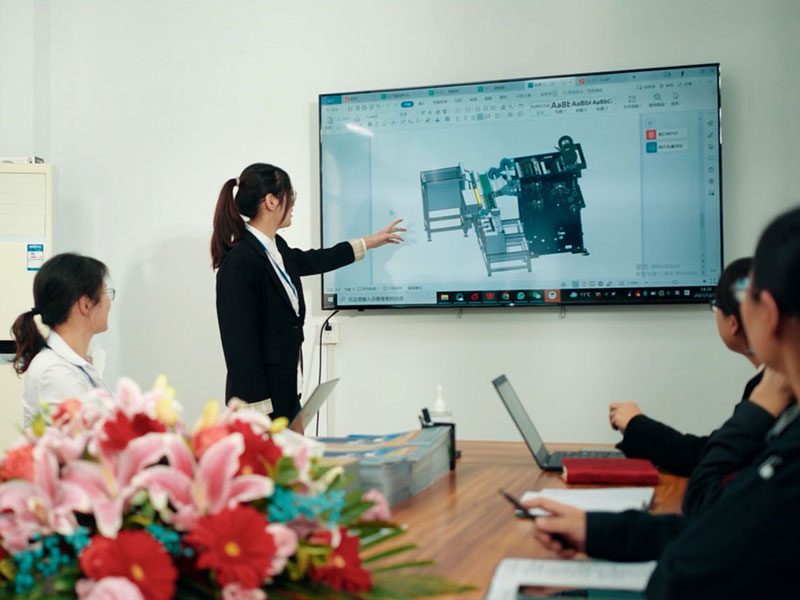
8. Safety and Reliability
• Intelligent safety protection: Integrate intelligent safety system to monitor equipment status in real time to ensure safe operation.
• Reliability Improvement: Improve the reliability and stability of equipment by optimizing the design and manufacturing process.
summary
The integration of slitter and intelligent manufacturing has significantly improved production efficiency and product quality through automation, data-driven, flexible manufacturing and other technologies, while reducing costs and resource consumption. In the future, with the advancement of technology, slitting machines will play a greater role in intelligent manufacturing and promote the continuous upgrading of the manufacturing industry.
Recent Post
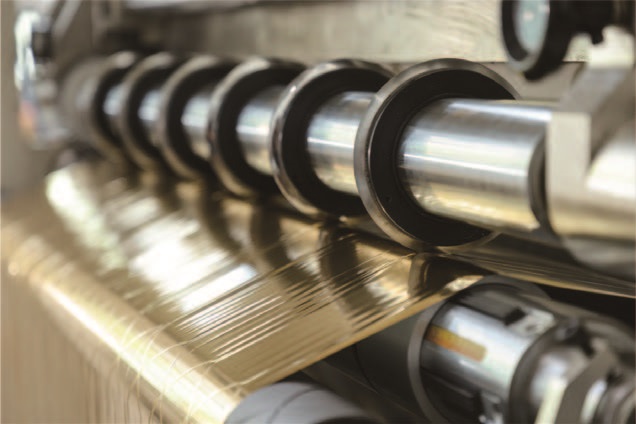 High-precision cutting: How does the slitting machine achieve the ultimate slitting accuracy of ±0.1mm?18. April, 2025
High-precision cutting: How does the slitting machine achieve the ultimate slitting accuracy of ±0.1mm?18. April, 2025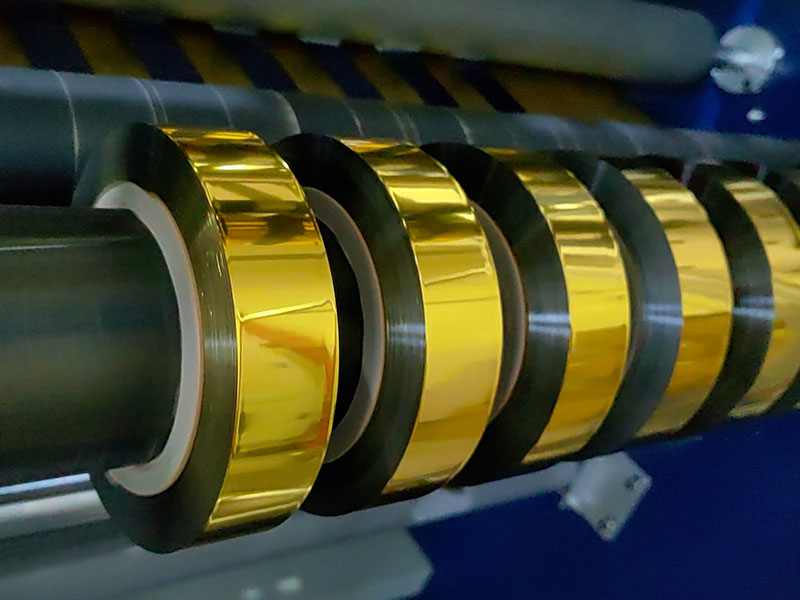 Efficient and accurate: analysis of the core functions and applications of the slitting machine18. April, 2025
Efficient and accurate: analysis of the core functions and applications of the slitting machine18. April, 2025 Analysis of the application field of slitting machine: which industries cannot do without it?18. April, 2025
Analysis of the application field of slitting machine: which industries cannot do without it?18. April, 2025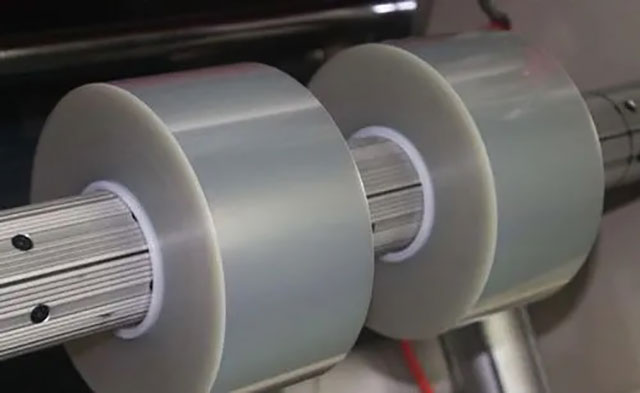 How can film slitting machine improve production efficiency? One-button operation + high-speed slitting17. April, 2025
How can film slitting machine improve production efficiency? One-button operation + high-speed slitting17. April, 2025
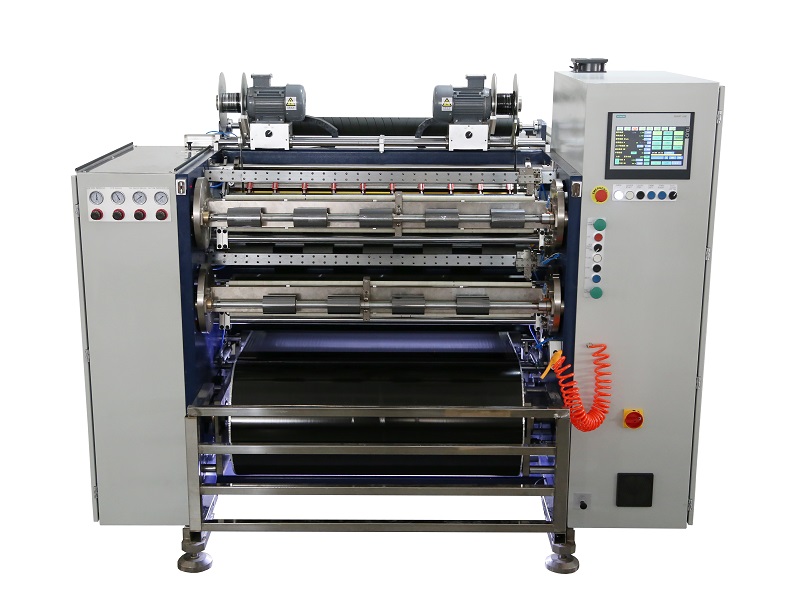 Fully Automatic TTR Slitter RSDS8 Plus
Fully Automatic TTR Slitter RSDS8 Plus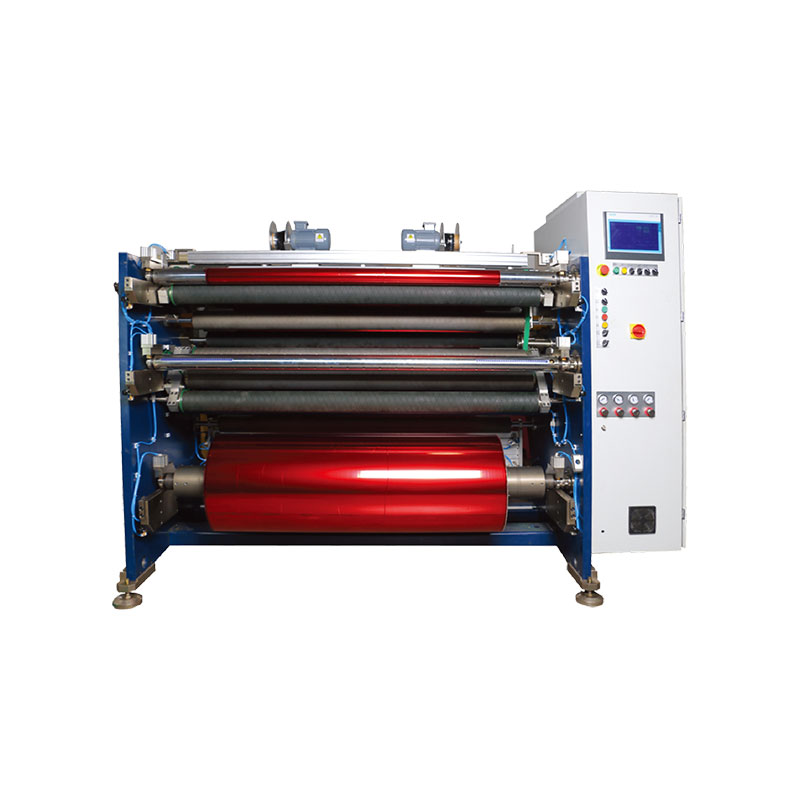 Hot Stamping Foil Slitter 1600mm
Hot Stamping Foil Slitter 1600mm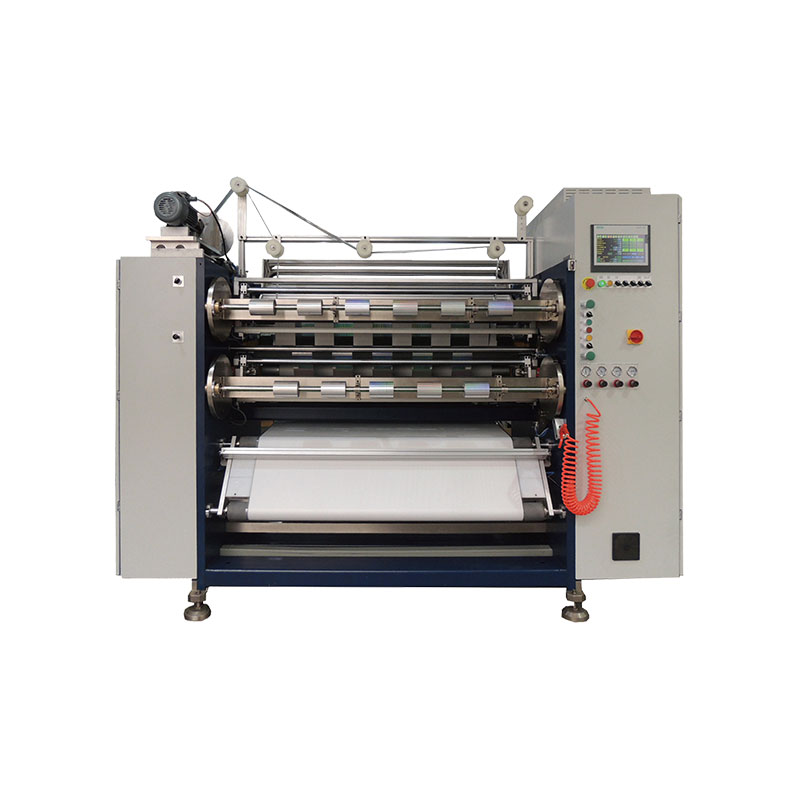 Hot Stamping Foil Slitter (4 Shafts)
Hot Stamping Foil Slitter (4 Shafts)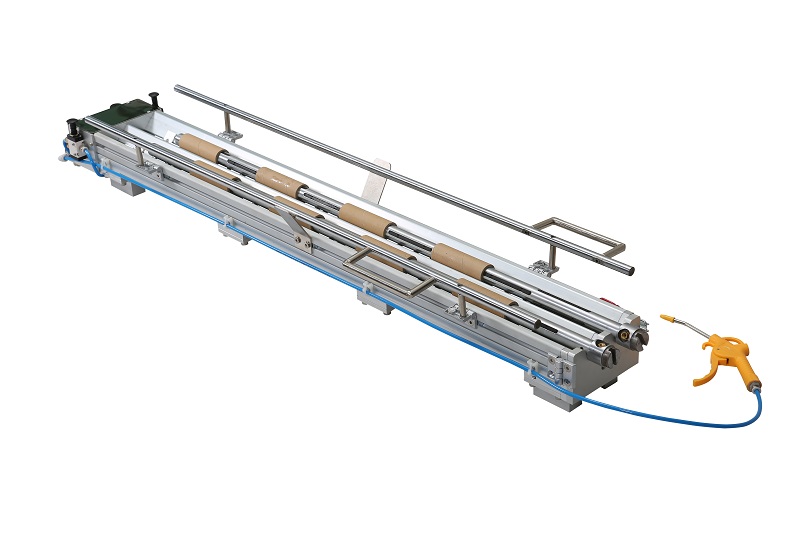 Paper Core Loading Machine
Paper Core Loading Machine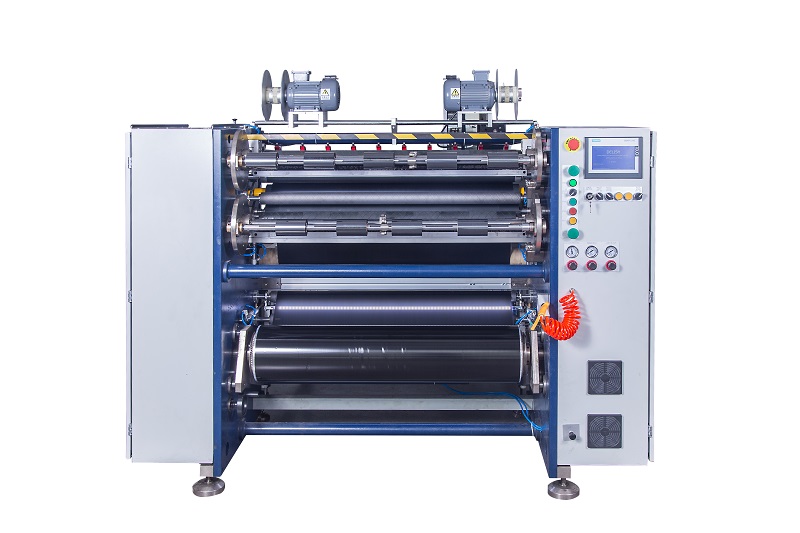 Semi-Auto TTR Slitter RSDS2 Plus
Semi-Auto TTR Slitter RSDS2 Plus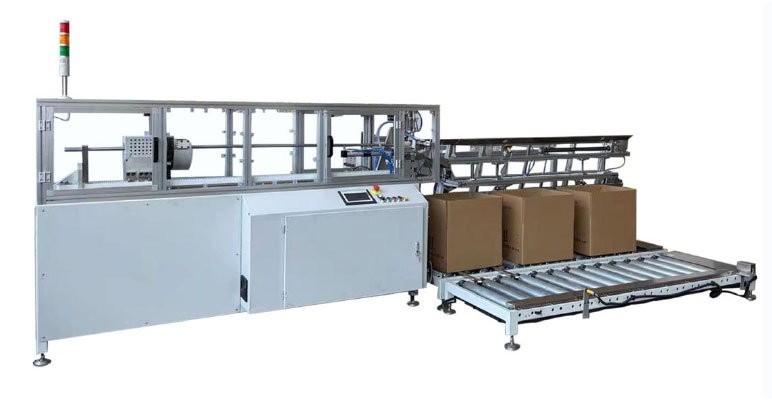 Auto Paper Core Cutter
Auto Paper Core Cutter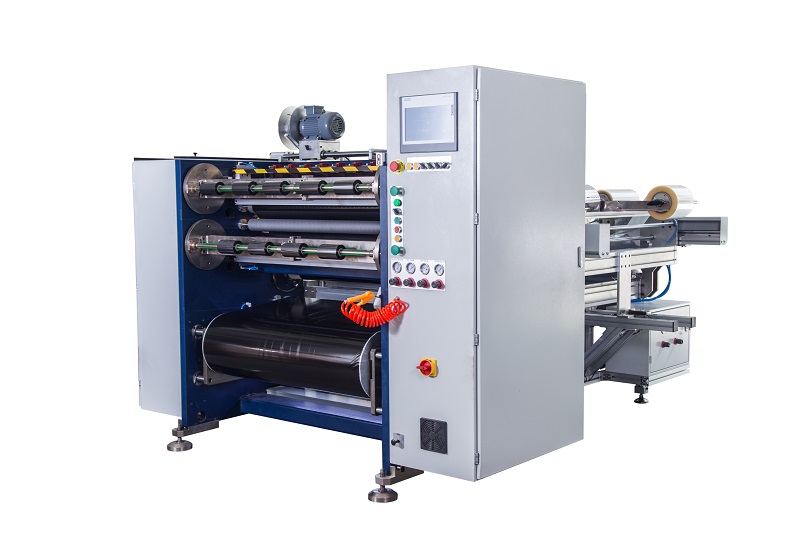 Semi Automatic TTR Slitter RSDS5 Plus
Semi Automatic TTR Slitter RSDS5 Plus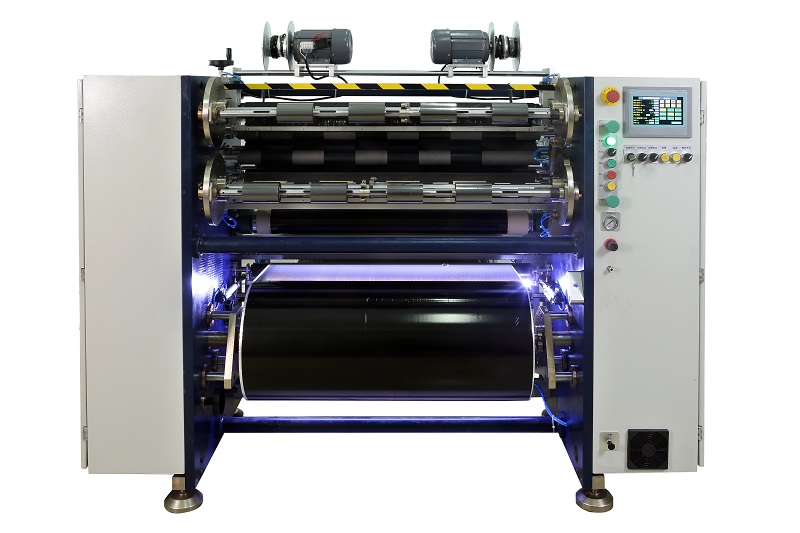 Manual TTR Slitter RSDS2
Manual TTR Slitter RSDS2





